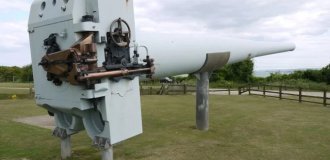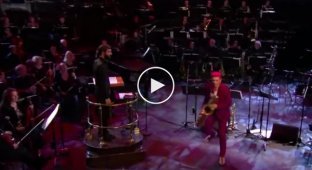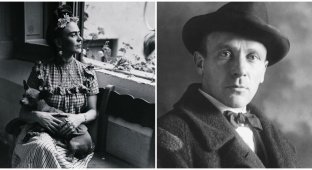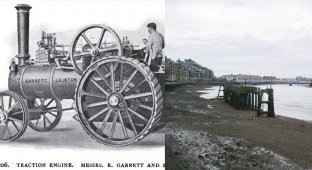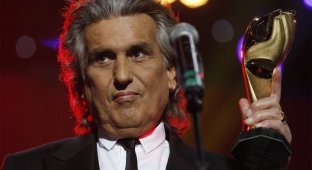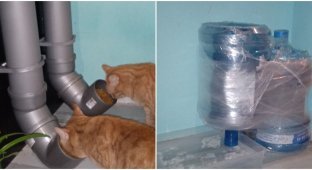Adored sister Nannerl: the unrecognized genius of a relative of the great composer (8 photos)
Throughout cultural history, the mandatory requirement for a girl from a noble family was the ability to master at least one (and preferably several) musical instruments, sight-read any work, perform in public, and even compose her own works. But the problem is that up until the 20th century, public speaking by women was considered immoral. 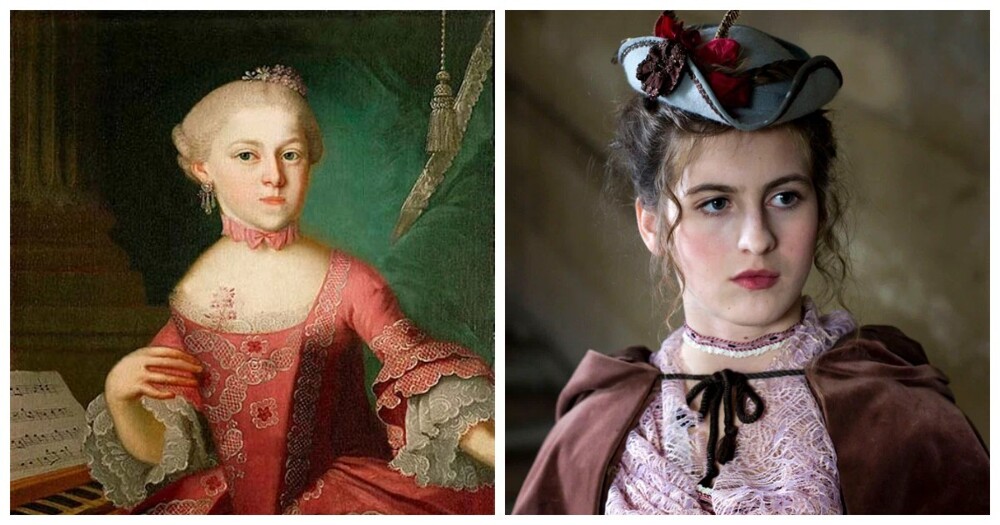
Women were not allowed to study music at conservatories, and publishing their own compositions was the exclusive right of men. Several women composers published their works under false names, but were forced to remain hidden from the public and remained unknown and forgotten. 
Maria Anna Mozart in childhood
An example of such a female musician and composer is Mozart. Not Wolfgang Amadeus Mozart, but his older sister Maria Anna Mozart. The eldest child in the family was incredibly talented. But most people, even those who love classical music, know little about him.
Neither history books nor films mention that Wolfgang had a sister. Not to mention she is a musical genius. Who was this second Mozart, and why is there so little information about her?
Maria Anna Mozart 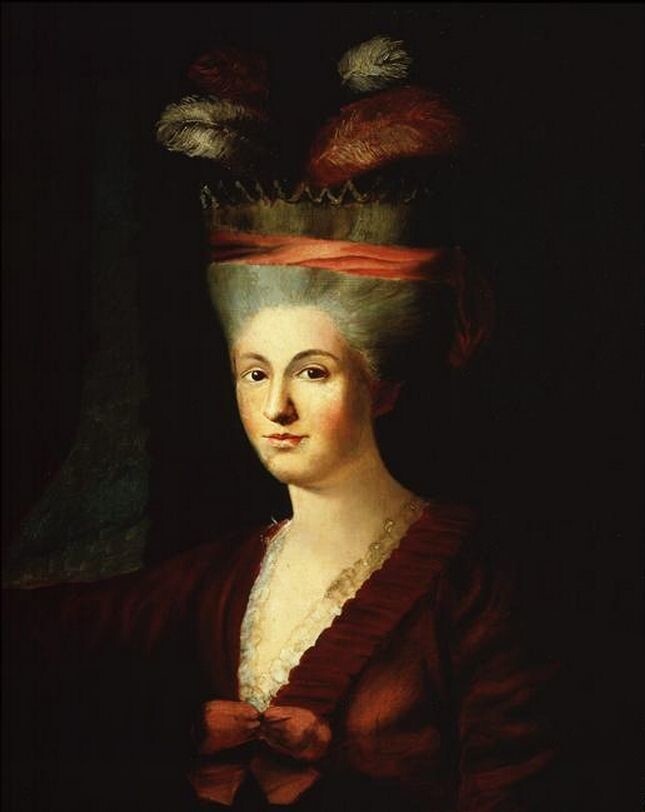
In young age
Maria Anna Walburga Ignatia Mozart, nicknamed Nannerl in the family, was born on July 30, 1751 to Leopold and Anna Maria Mozart. Although the world had heard a lot about the life and musical works of Nannerl's younger brother, Wolfgang Amadeus Mozart, it was she who became the first child prodigy in the family.
Of the seven Mozart children, only Nannerl and Wolfgang survived. Leopold Mozart was a composer, music theorist, teacher and famous violinist in Salzburg (Austria), quite successful, if not successful.
He, of course, did not achieve the fame and recognition of his son Wolfgang. But historians claim that Leopold was well known in both Austria and Germany.
Leopold was a very strict and demanding person and tightly controlled the entire family. It was on Leopold's initiative that the daughter began to learn to play the harpsichord when she was seven years old.
The father taught his daughter to read and write music, music theory, composition and play the harpsichord constantly. And little Wolfgang sat and watched the lessons. The Mozart children were very close and even invented their own secret language.
A true prodigy 
Maria Anna, Wolfgang Amadeus and Leopold Mozart in a family portrait
Although Nannerl began studying music at the age of seven, she was called a natural child prodigy. Like many younger siblings, Wolfgang idolized Nannerl and demanded that he begin taking music lessons from his sister when he was only three years old. Leopold was overjoyed to discover that he had not one, but two naturally gifted child musicians, and organized a concert of the two Mozarts in Vienna in 1762.
In 1763, Leopold organized a grand musical tour for his children, traveling with them throughout Europe.
Review of one of the performances during the great tour of 1763:
Imagine an eleven-year-old girl performing on the harpsichord or piano the most complex sonatas and concertos of the greatest composers, with precision, with incredible ease, and with impeccable taste. This was a source of surprise to many.
You are a woman, and you are right 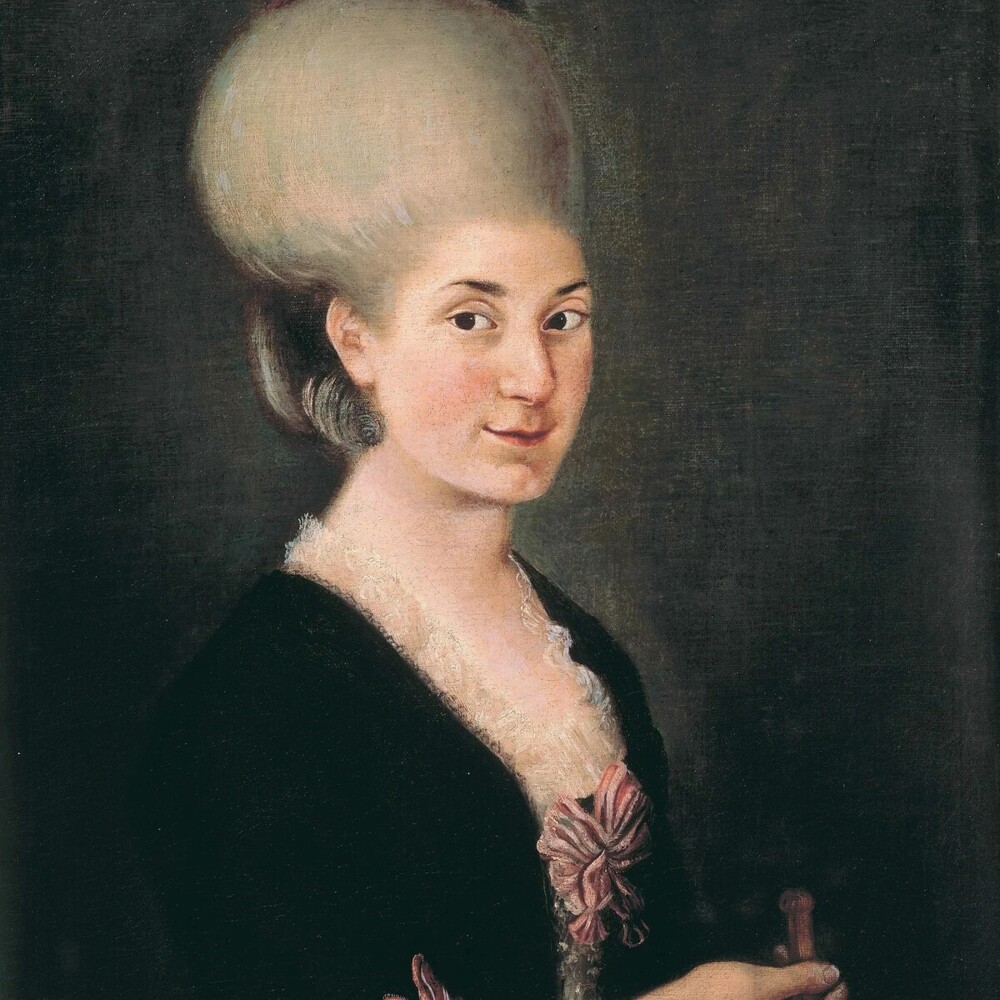
In mature years
There are several reasons why few people have heard of Nannerl, including the sad fact that her writings have been lost. While Wolfgang praises his sister's talent, Leopold Mozart's letters never mention his daughter's compositions.
If today Nannerl could make a dizzying musical career, then in the 18th century life was completely different. From 1769, Leopold no longer allowed Nannerl to tour or play music with her brother, since she had reached marriageable age. Her musical ambitions did not matter because, according to society, the girl was ready to become a wife and mother.
Nannerl married Johann Baptist Franz von Sonnenburg on 23 August 1784 and moved with him to the Austrian village of St. Gilgen, about 30 kilometers from her home in Salzburg. Nannerl became the man's third wife (he was widowed twice) and helped raise five children from two previous marriages.
She had three children of her own, but only one of them lived to adulthood. Nannerl still played the piano, practiced for three hours every day and gave music lessons.
For some reason, her natural son Leopold Alois was raised by her father Leopold in Salzburg.
A letter from Leopold Mozart states that he chose to raise his first-born son Nannerl himself for the first few months of his life. As a result, the first few months turned into the rest of my life. 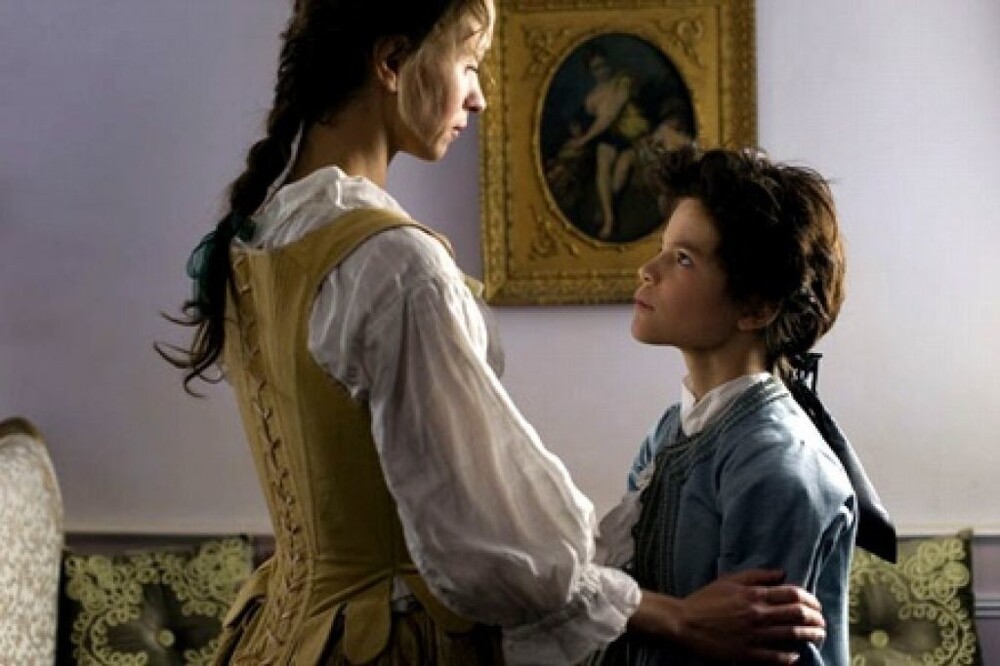
Still from the film "Nannerl, Mozart's Sister" 2010
Nannerl received letters from her father in which he informed her about important events - first words, first steps, etc. Mother and son saw each other occasionally, but Nannerl did not play any role in his upbringing. The exact reasons for this may vary. Some believe that Leopold Alois was sickly in infancy and may have had to remain in Salzburg to maintain his health.
This very well could have happened. But then why did Leopold keep the boy with him when his health improved?
There is a version that the woman was too busy raising her five adopted children to take care of the baby. 
Still from the film "Nannerl, Mozart's Sister" 2010
There is also a hypothesis that Leopold Mozart wanted to create a new child prodigy and took his grandson to him. The daughter did not dare to contradict.
After her husband's death in 1801, Nannerl returned to Salzburg and continued to give piano lessons until her death on October 29, 1829, at the age of 78.
In 2010, the film “Nannerl, Mozart’s Sister” was released, dedicated to the one who could not realize herself because of gender and stupid social norms. 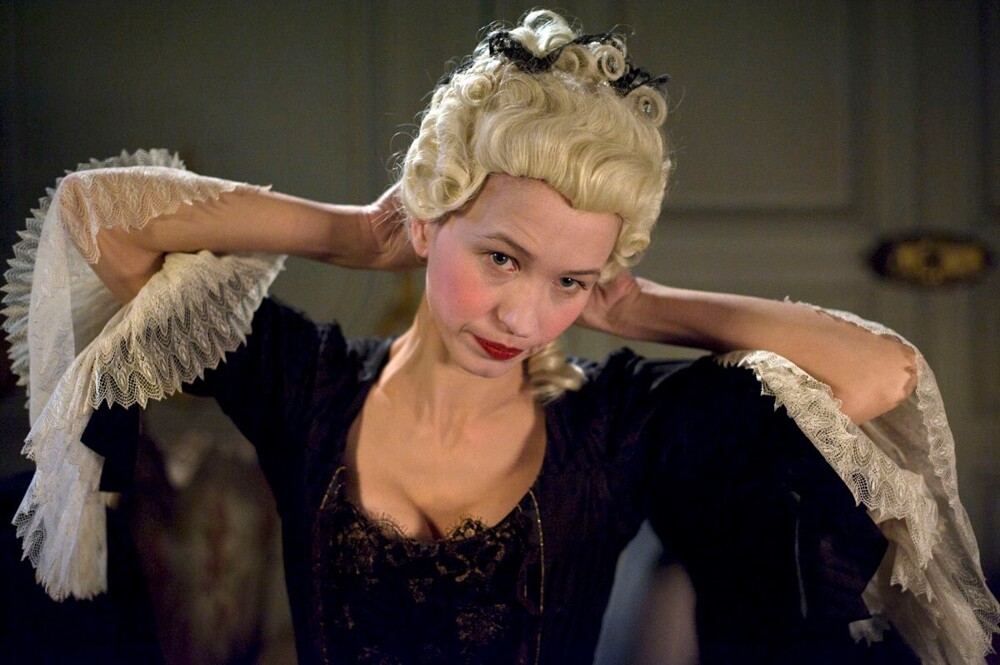
Still from the film "Nannerl, Mozart's Sister" 2010











